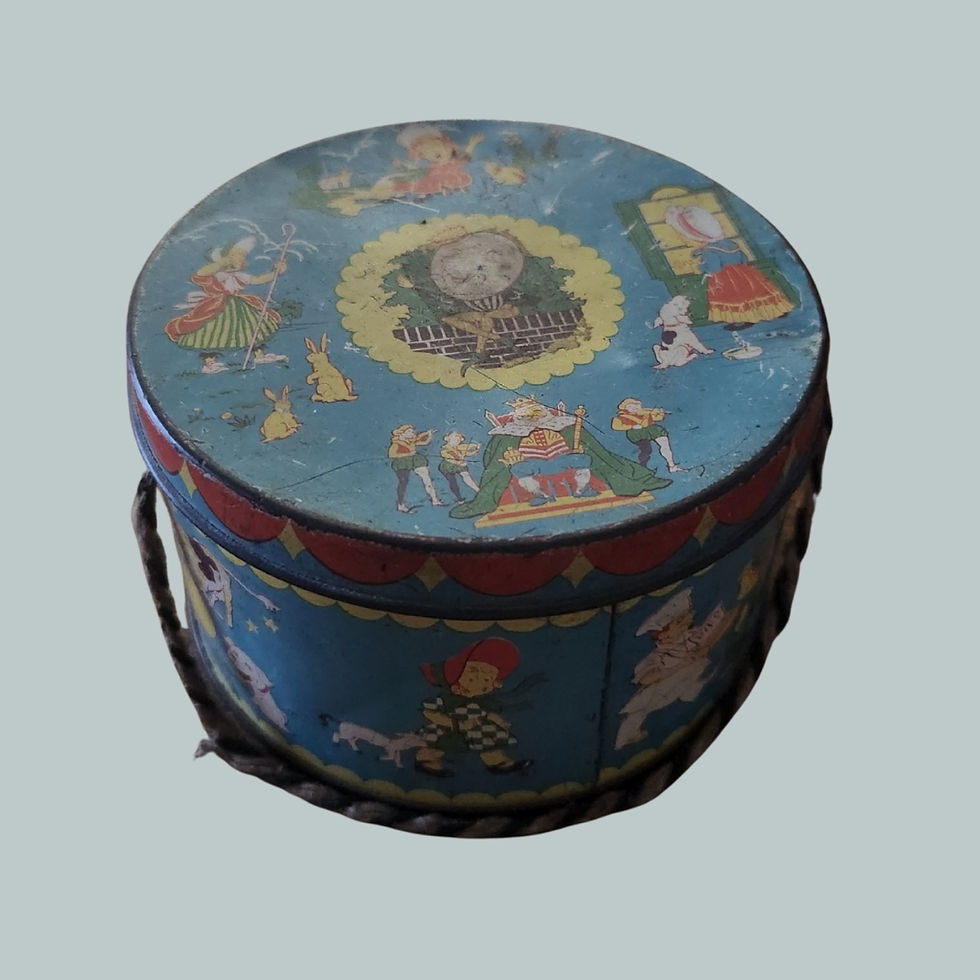Vintage Oak Artist’s Stool | Possibly 1950s or Earlier | Paint-Splattered Patina
-
This wonderfully characterful vintage artist’s stool likely dates from the 1950s, though it may be older. Constructed from oak and standing 52 cm tall, it features a 30 cm square seat and classic four-legged design. Its surface is richly patinated with layers of paint splatters and marks—evidence of years, possibly decades, of creative use. The stool has been polished several times over the years, but its authentic, time-worn aesthetic remains, making it a decorative gem as well as a functional seat.
-
Whether used as a painter’s perch or a rustic display piece, this stool exudes vintage charm and artistic history. It would be ideal for theatrical staging, creative interiors, or collectors seeking genuine mid-century studio furnishings.
-
A Brief History of Four-Legged Wooden Stools
Four-legged wooden stools are among the oldest known types of furniture, with their use tracing back to ancient civilizations. Their enduring appeal lies in their simple utility, sturdy construction, and adaptability across time and cultures.
Ancient Beginnings
Egypt: The British Museum documents stools in ancient Egyptian tombs, often shown in paintings of artisans at work. These were used as both seats and footrests.
Greece: The diphros, a four-legged stool, came in both fixed and folding versions.
Rome: The curule stool, X-shaped with connecting stretchers, served ceremonial purposes among Roman elites.
Medieval and Renaissance Developments
Medieval Europe: Common forms included the Gothic-style boarded stool and the turned stool, the latter becoming a precursor to the turned and Windsor chairs.
Renaissance: Stools evolved into status symbols in Italy and France, often decorated with intricate carvings and upholstery.
Practicality Across Cultures
England: Stools were staples in pubs, appreciated for their portability and space-saving qualities.
Colonial America: These stools remained simple and functional, suiting taverns and rural homes.
Asia: Typically lower in height, Asian stools were designed to accompany floor-level tables and desks.
Modern Innovations
Alvar Aalto: In 1933, Finnish designer Alvar Aalto introduced Stool No. 60—an icon of modernist design using bentwood construction, still produced today.
Design Legacy: The Victoria and Albert Museum celebrates Aalto’s bent-leg stools as quintessential examples of functional yet elegant modernist furniture.
-
From ancient Egypt to mid-century studios and Scandinavian design showcases, the humble stool has made a remarkable journey. This oak artist’s stool carries that heritage forward, showcasing both beauty and the creative history of its past life.


































